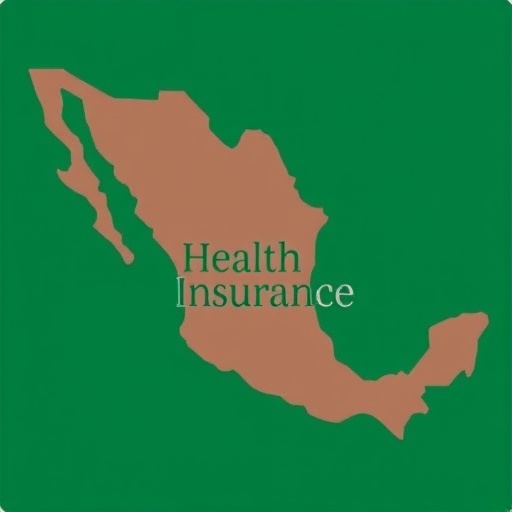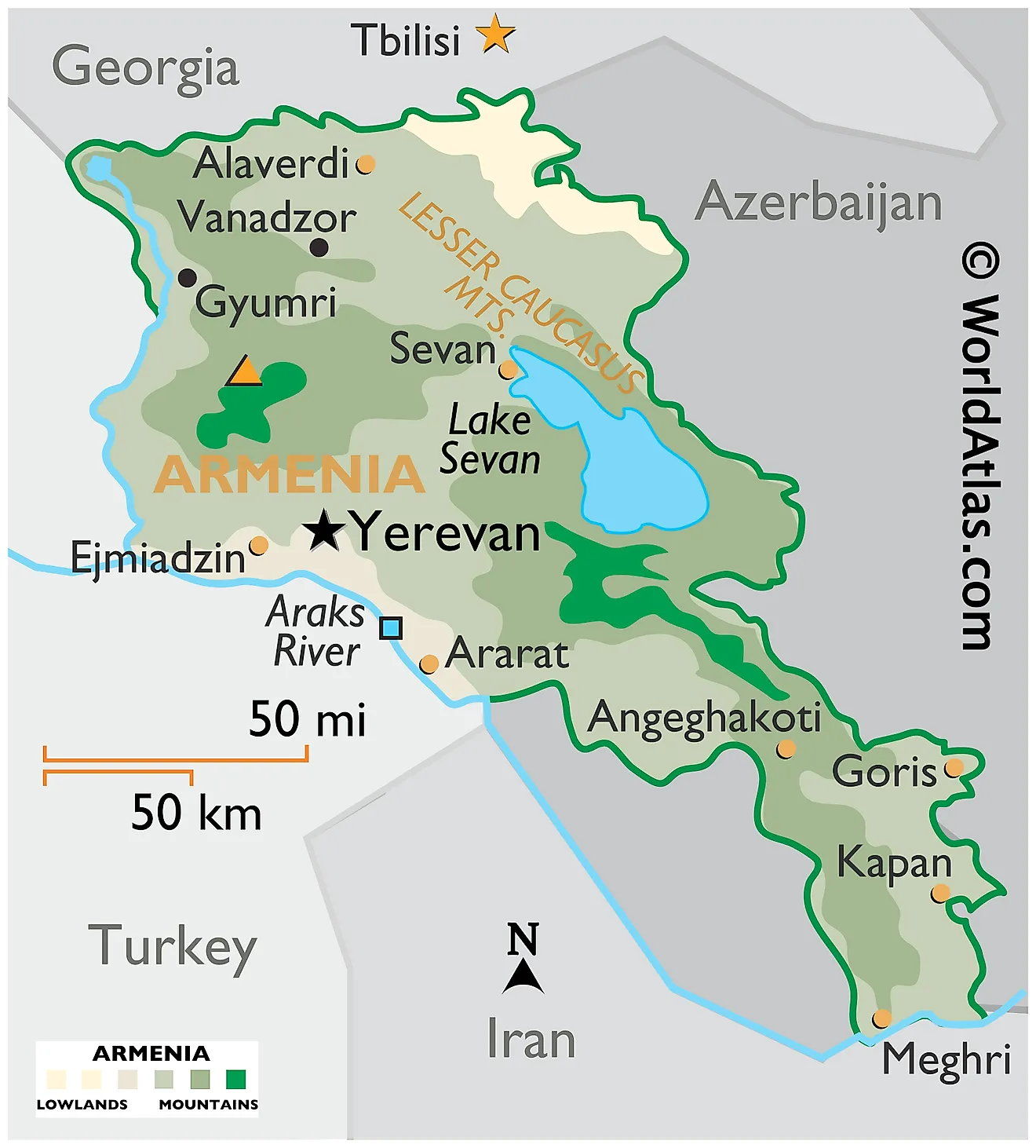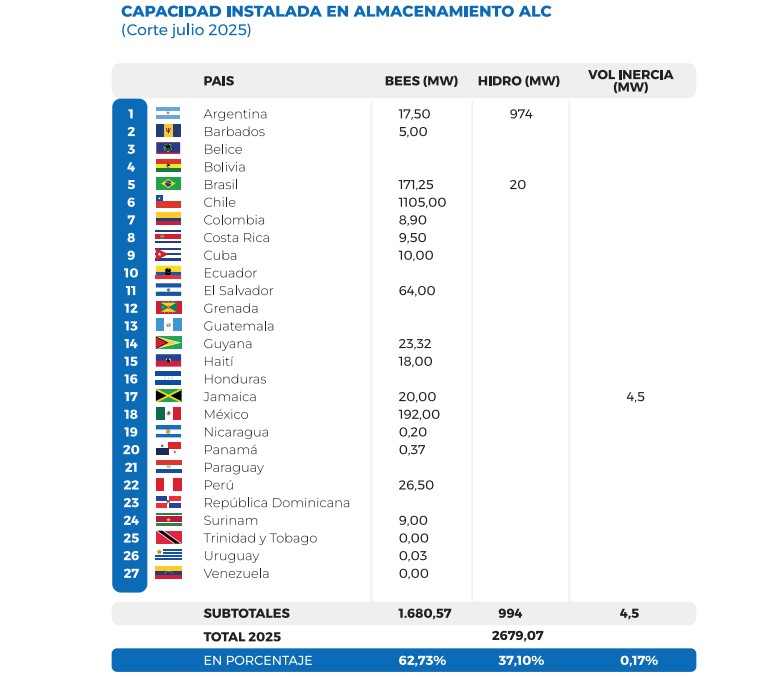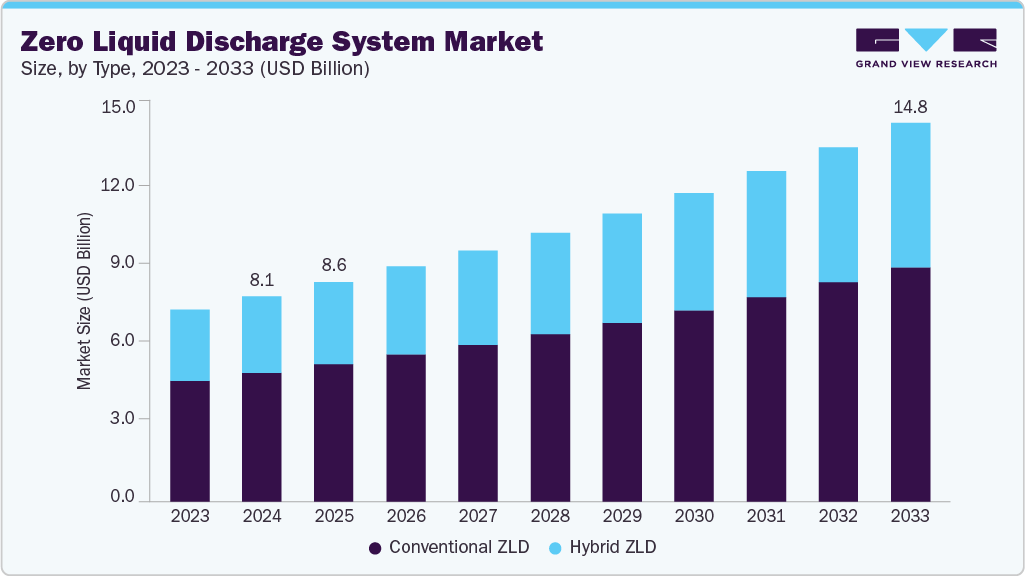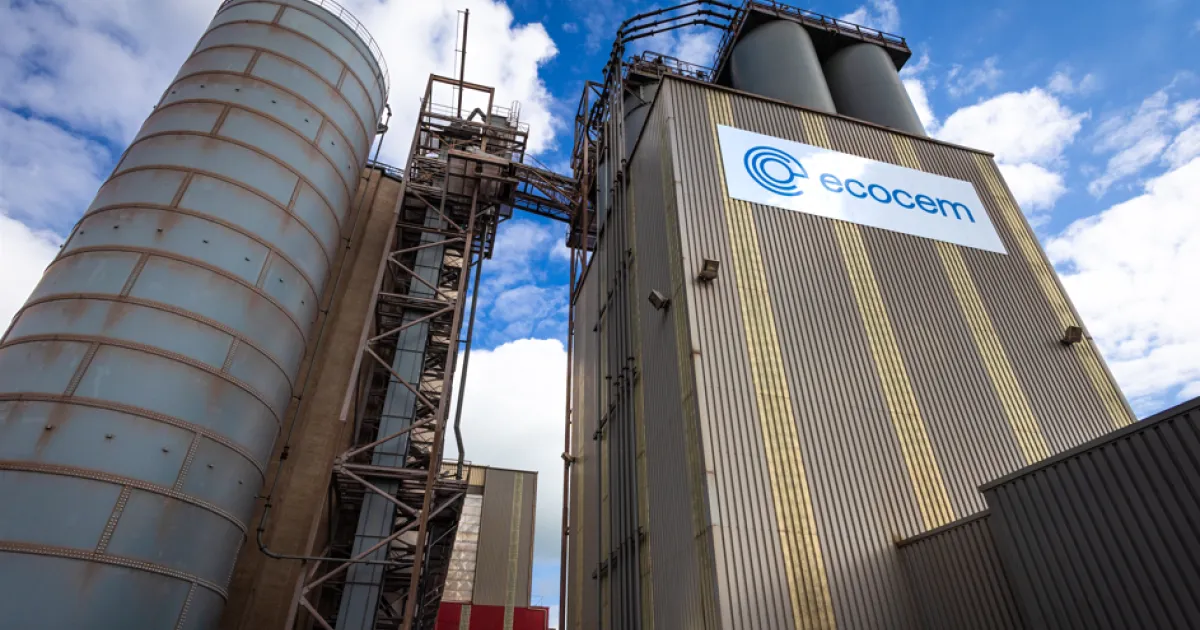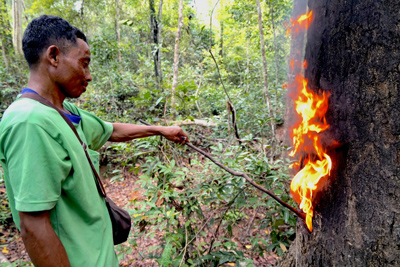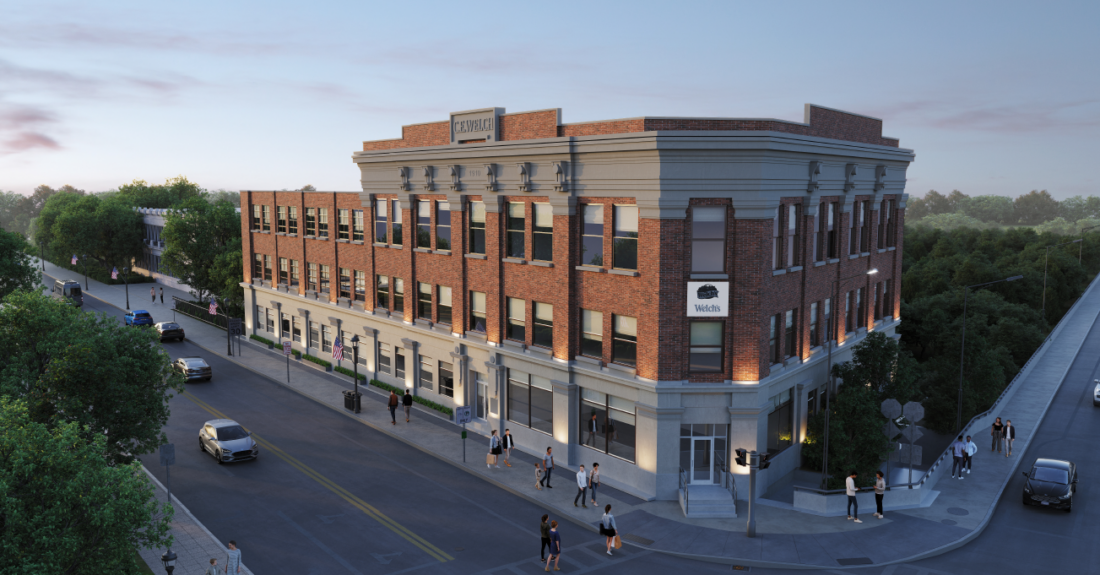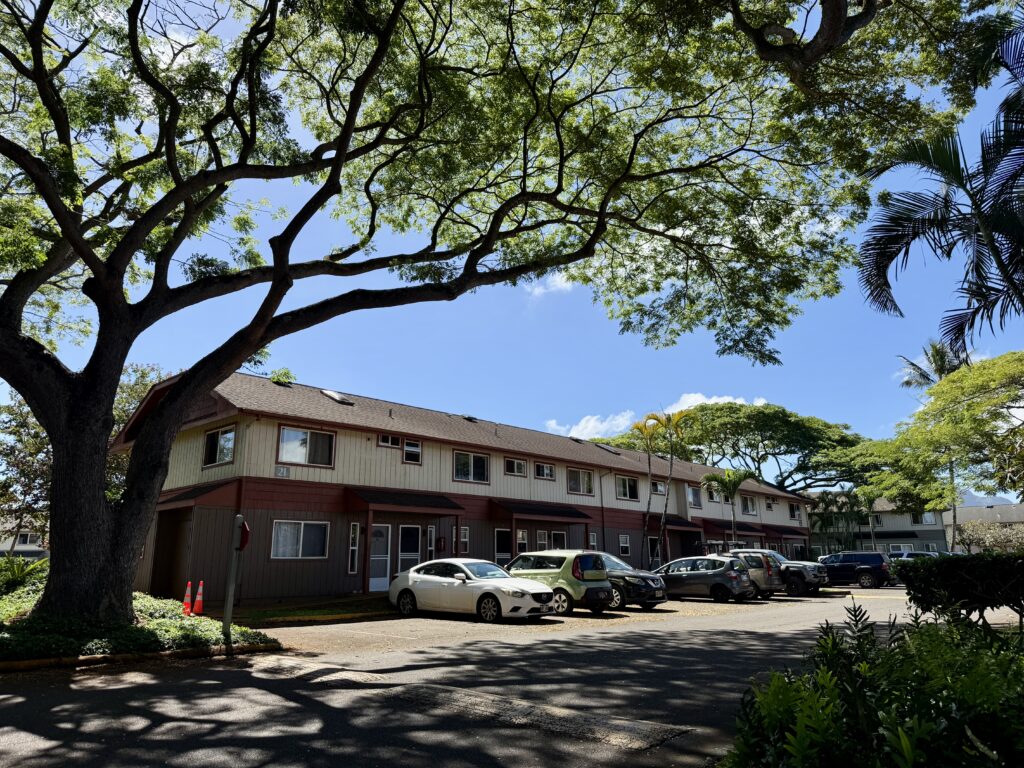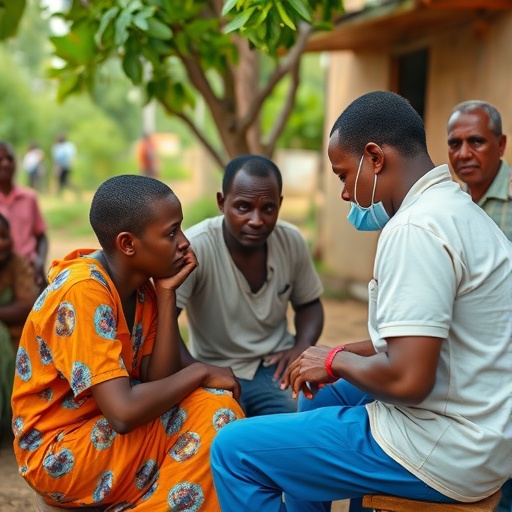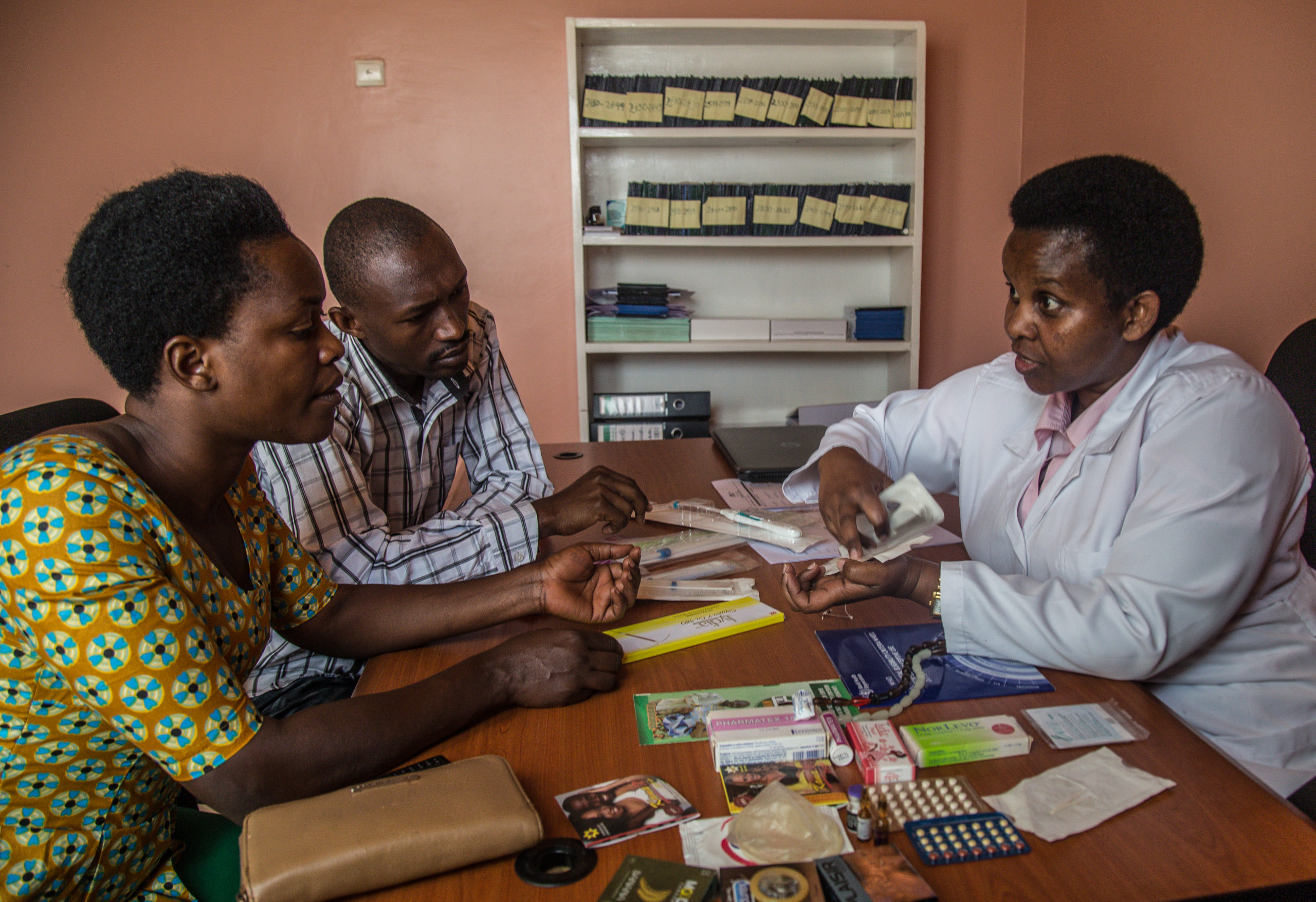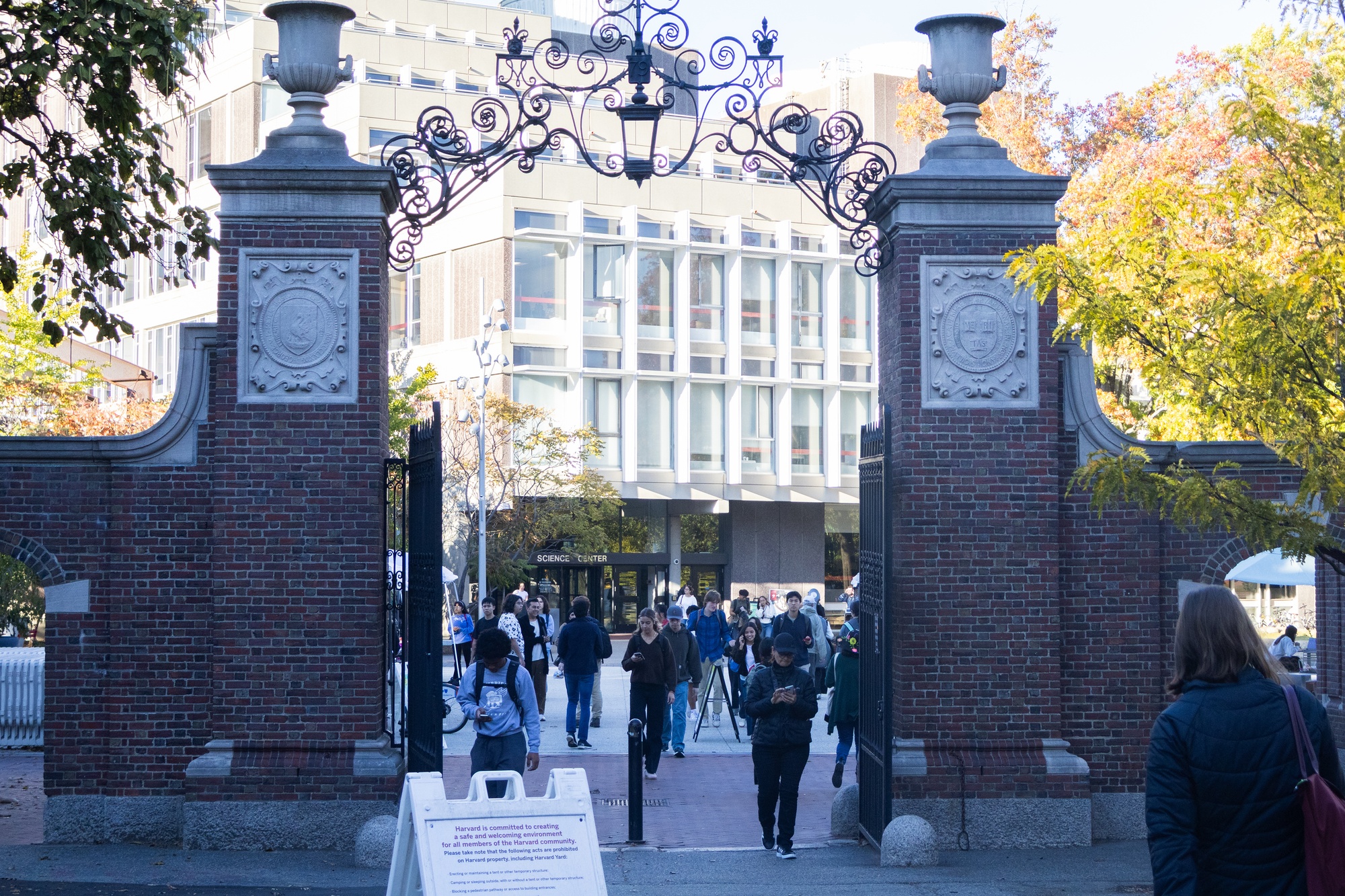Study Details Economic Benefits of Mackinac Bridge – AASHTO Journal
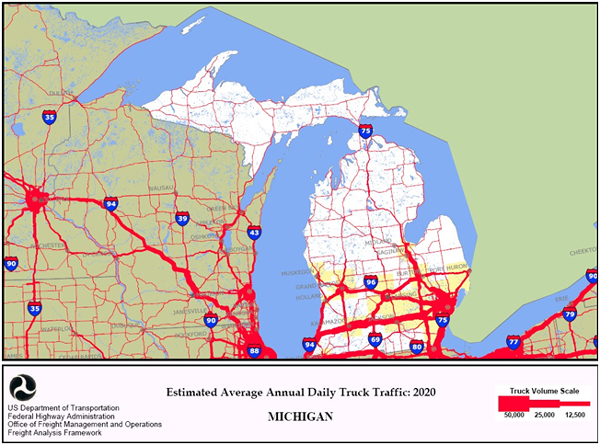
Economic and Sustainable Development Impact Analysis of the Mackinac Bridge
Introduction
A recent study commissioned by the Mackinac Bridge Authority (MBA) and conducted by Public Sector Consultants provides a detailed analysis of the economic contributions of the Mackinac Bridge. This report synthesizes the study’s findings, placing significant emphasis on their alignment with the United Nations Sustainable Development Goals (SDGs), particularly SDG 8 (Decent Work and Economic Growth), SDG 9 (Industry, Innovation, and Infrastructure), and SDG 11 (Sustainable Cities and Communities).
Alignment with SDG 8: Decent Work and Economic Growth
Overall Economic Contribution
The Mackinac Bridge serves as a significant engine for economic growth in Michigan, directly supporting local enterprises and fostering a robust economic environment. Key findings include:
- An annual contribution of $193 million in direct, indirect, and induced spending to the state’s economy.
- A return on investment where every $1 in tolls generates $7.27 in economic spending within Michigan.
Fostering Local Economies and Sustainable Tourism
The bridge’s economic benefits are highly concentrated in the local region, promoting sustainable tourism and supporting community businesses.
- A localized economic impact of $161.6 million is centered in the Straits area counties of Mackinac, Emmet, and Cheboygan.
- The bridge attracts significant tourism, with one-third of its approximately two million non-local visitors coming from outside of Michigan, thereby bringing external revenue into the state and local communities.
Contribution to SDG 9 (Infrastructure) and SDG 11 (Sustainable Communities)
Role as Critical and Resilient Infrastructure
As a vital transportation link, the Mackinac Bridge is a cornerstone of regional infrastructure, enhancing connectivity and supporting the sustainability of local communities. The operational activities of the bridge contribute directly to community well-being.
- The Mackinac Bridge Authority’s operational spending generates more than $100,000 per year in local taxes in the three-county area.
- This tax revenue is essential for funding public safety, local infrastructure improvements, schools, and other public services that are foundational to sustainable communities.
The Annual Bridge Walk: A Case Study in Community Revitalization
The Annual Bridge Walk event exemplifies how infrastructure can be leveraged to create cultural and economic opportunities that directly support the goals of SDG 11.
- The 2024 event, with nearly 33,000 participants, stimulated $3 million in statewide spending, with $2.4 million (80%) directly benefiting the neighboring counties.
- The event generated $250,000 in state and local taxes, providing critical funding for public services.
- Nearly two-thirds of area businesses reported a positive impact from the event, underscoring its role in supporting local commerce.
- The event promotes local tourism, with nearly half of all participants staying one or more nights in local accommodations.
Detailed Findings from the Economic Impact Study
Participant Spending Analysis (Annual Bridge Walk)
The study quantified the direct economic injection from event participants, highlighting the financial benefits to the local hospitality and retail sectors.
- Overnight Participants: Average expenditure of $224.93 on lodging, food and beverages, shopping, transportation, and recreation.
- Day-Trip Participants: Average expenditure of $44.05.
Conclusion: Validating the Bridge’s Role in Sustainable Development
The study’s findings, as noted by MBA Vice Chairman William Milliken, confirm the significant and positive impact of the Mackinac Bridge’s operation and associated events. The data validates the bridge’s function not merely as a piece of infrastructure but as a critical asset for advancing sustainable economic growth, fostering resilient communities, and supporting local prosperity in alignment with global development objectives.
Analysis of Sustainable Development Goals (SDGs) in the Article
SDG 8: Decent Work and Economic Growth
This goal is central to the article, which focuses on the economic contributions of the Mackinac Bridge to the state and local economies.
-
Target 8.2: Achieve higher levels of economic productivity through diversification, technological upgrading and innovation.
- Explanation: The article details how the bridge, as a critical piece of infrastructure, facilitates significant economic activity. The study’s finding that “for every $1 in tolls paid at the bridge, $7.27 was generated in spending in Michigan” demonstrates a high level of economic productivity spurred by the bridge’s operation. It supports a diversified local economy based on tourism and services.
-
Target 8.9: By 2030, devise and implement policies to promote sustainable tourism that creates jobs and promotes local culture and products.
- Explanation: The “Annual Bridge Walk” is highlighted as a major tourism event. The article states it “hosted nearly 33,000 participants and stimulated $3 million in spending statewide.” It directly supports local businesses, as “nearly two-thirds of areas businesses said that the Annual Bridge Walk positively affected their businesses.” This event promotes the local culture surrounding the iconic bridge and generates revenue for the community.
SDG 9: Industry, Innovation and Infrastructure
The Mackinac Bridge itself is the subject of the article, representing a key piece of regional infrastructure whose maintenance and operation are crucial for economic support.
-
Target 9.1: Develop quality, reliable, sustainable and resilient infrastructure…to support economic development and human well-being.
- Explanation: The bridge, built in 1957, is a long-standing, reliable piece of infrastructure connecting Michigan’s Upper and Lower peninsulas. Its economic impact of “$193 million in direct, indirect, and induced spending” annually is direct evidence of its role in supporting economic development. The article also notes that taxes generated from bridge-related activities are used to support “local infrastructure,” indicating a cycle of investment in community infrastructure.
SDG 11: Sustainable Cities and Communities
The article discusses the bridge’s impact on the sustainability and financial health of the surrounding local communities.
-
Target 11.a: Support positive economic, social and environmental links between urban, peri-urban and rural areas by strengthening national and regional development planning.
- Explanation: The bridge serves as a critical economic link between the distinct regions of Michigan. The study itself, commissioned by the Mackinac Bridge Authority (MBA), is an act of regional development analysis. The finding that “$161.6 million was concentrated in the Straits area counties of Mackinac, Emmet, and Cheboygan” shows how the infrastructure strengthens the local economies of these communities.
-
Target 11.4: Strengthen efforts to protect and safeguard the world’s cultural and natural heritage.
- Explanation: The Mackinac Bridge, known as the “Mighty Mac,” is presented as a significant piece of Michigan’s cultural and engineering heritage. The “Annual Bridge Walk” is a cultural event celebrating this landmark. The operational spending by the MBA, funded by tolls, is essential for the preservation and maintenance of this structure, thereby safeguarding this piece of cultural heritage.
SDGs, Targets, and Indicators Summary
| SDGs | Targets | Indicators (Mentioned or Implied in the Article) |
|---|---|---|
| SDG 8: Decent Work and Economic Growth | 8.2: Achieve higher levels of economic productivity. |
|
| 8.9: Promote sustainable tourism. |
|
|
| SDG 9: Industry, Innovation and Infrastructure | 9.1: Develop quality, reliable, sustainable and resilient infrastructure. |
|
| SDG 11: Sustainable Cities and Communities | 11.a: Support positive economic links between rural and urban areas. |
|
| 11.4: Protect and safeguard cultural heritage. |
|
Source: aashtojournal.transportation.org

What is Your Reaction?
 Like
0
Like
0
 Dislike
0
Dislike
0
 Love
0
Love
0
 Funny
0
Funny
0
 Angry
0
Angry
0
 Sad
0
Sad
0
 Wow
0
Wow
0









